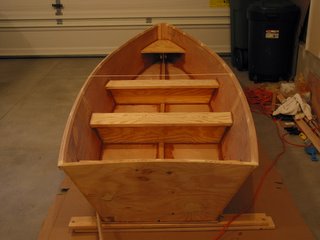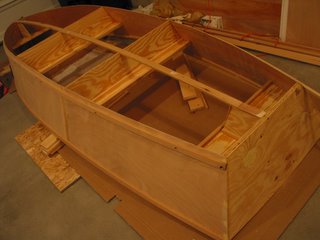
The Japanese word Santoku means "three virtues". When it comes to Santoku knives, these virtues are: chopping, mincing and dicing. Santoku knives are also known as "chef's knife". We recently bought one of these babies and here is the story.
One of my wife's hobbies, among scores of others, is cooking. She loves to cook and experiment with different kinds of cuisines. Lucky me, I get to be the taster! Did I tell you that she is a great cook. Since she is a cooking aficionado, she watches the Food Network on a regular basis. She always wondered how the cooks on the show chop the vegetables so precisely, and wondered why we could not do so. After a little bit of research, she found out that the answer lies in the knife you use, and the technique. She looked around and found that for most of the chopping, mincing and dicing work, a chef's knife was the best. To our surprise, we found that there was a whole world of knives in prices ranging from a mere $5 to upwards of $200! The more expensive models are the professional tools some of which have ceramic edges.
Santoku knives a heavy, well balanced and have a comfortable grip. Used in the right manner, you can rival the chef's on Food Network. We always thought that really sharp knives were dangerous since you could easily cut yourself. But, you know what, it is the other way around. Dull knives have a tendency to slip when you force them through the veggies and you end up chopping a finger or two. Sharp knives do not slip and always do their job. A well maintained chef's knife has a keen edge and can easily cut any vegetable/fruit/herb. Also, the right technique of wielding the knife and holding the vegetable is also very important.
For quite sometime, we have gravitated towards serrated knives and glass cutting boards. They sorta get the work done. You are always 'sawing' the vegetables, than 'cutting' them. Also, even though glass cutting boards are easy to clean and hygienic, they are loud. After using one of these Santoku knives, we can vouch that it makes a big difference in preparing the ingredients for a meal. One important thing is that you use these knives only on wooden cutting boards, or they go dull before the meal is done. It is a pleasure to chop veggies. Your hands don't get tired so fast. So, in the end, you save some time as well as energy. What a pity, we waited all these years before discovering this secret!
Before I go, an update on the boat. I finished glassing the entire bottom, and it took only 5 hrs spread into two days. It was a lot easier to lay the cloth compared to the tape. It was an exhausting experience since I was working alone, and had to run back and forth mixing small batches of epoxy and applying it before it hardened. Now, I am ready to epoxy the insides of the boat, and put the finishing touches! With every coat of epoxy and fiberglass, the boat is getting heavier and heavier. Looks like, cartopping may be a challenge once the project is completed.

